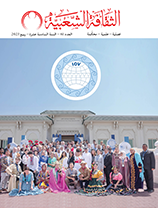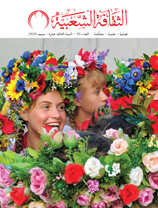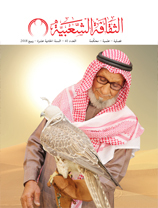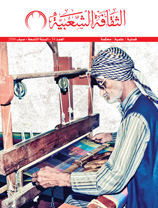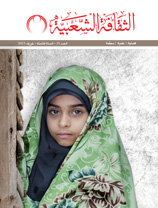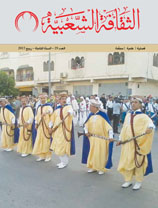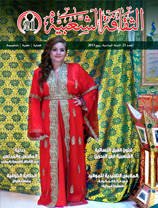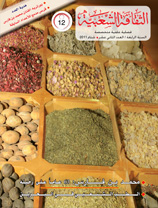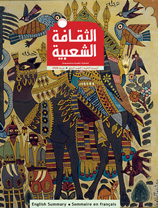Folklore Museums in The Oasis Areas of Morocco: From Initiative to Developing Impact
Issue 57

By Radwan Khadid, Moroccan writer specialising in anthropology and museology, the Centre for Moroccan-Portuguese Heritage Studies and Research in El Jadida
This study aims to address museums in oasis areas in order to validate activities aimed at enhancing the function of such museums and making them better able to contribute to the preservation of local communities’ memories and history.
The paper assumes that this study will serve as a preliminary scientific foundation for improving museums that strive to solidify identity and engage in the optimal transmission of cultural heritage and genuine experiences from one generation to the next.
The paper also seeks to encourage the advancement of methodologies for assessing local material and non-material heritage for the benefit of both society and heritage.
One of the paper's main goals is to contribute to the support and direction of cultural initiatives in Moroccan oases and similar regions where local heritage enthusiasts and antique collectors are setting up museums, because this type of initiative reveals the following:
Firstly, local communities are eager to embrace and appreciate components of their identity by finding a home for them in the present rather than abandoning them to the past. These activities take place in environments that are isolated and lacking official institutional projects that are part of a balanced cultural strategy, which means that people do not have access to museums.
Secondly, there is a critical need for this type of museum to replicate scientific and practical techniques without infringing on a society' right to their own identity, one that reflects their values.
As a contemporary cultural institution, the museum represents the oasis' material and non-material cultural legacy and has a common element – conservation, which has several meanings, including the battle against time. As a result, it is not surprising that deserts, semi-desert areas and oases, which may look peripheral, are witnessing activities aimed at collecting and showcasing antiques, arts and crafts, and objects related to local history.
These efforts, which are known as ‘musées identitaires’ (museums of identity) in Morocco, are distributed over the eastern and southern slopes of the Atlas Mountains. Perhaps the most essential aspect of such museums is their connection to their communities and the fact that they are local reactions to cultural, social, and economic concerns that utilise available resources.
Therefore, this study seeks to highlight the importance of these museum initiatives, and to suggest ways to improve their performance, to develop their impact on local development in the oases, and to make them educational and cultural institutions in the service of society that can contribute to society’s development and the preservation of its memory, as stipulated in the definitions of the International Council of Museums (ICOM) and in line with national laws and international conventions related to the protection of tangible and intangible natural and cultural heritage.











